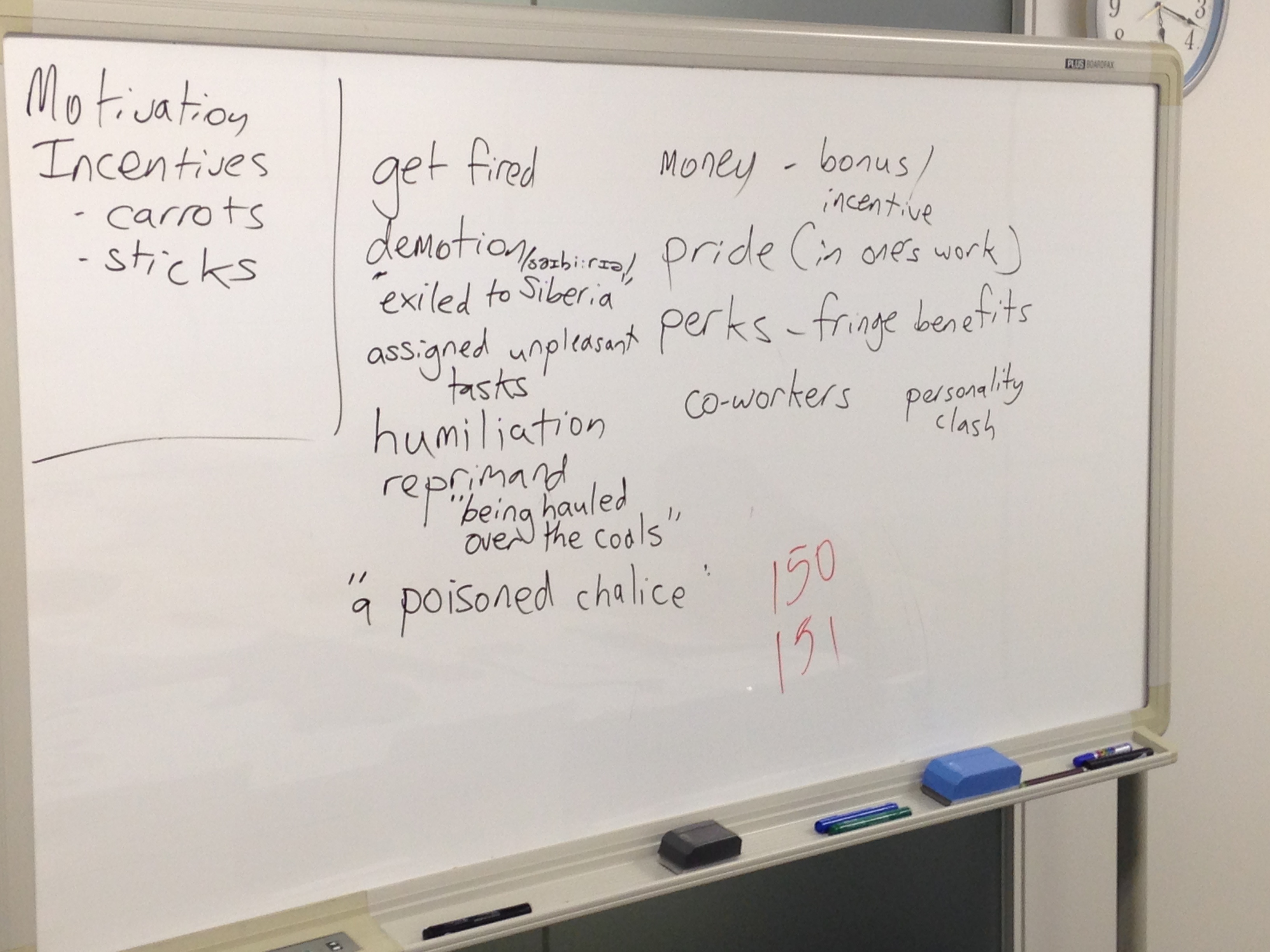
Three years of writing this bloody blog and what’s changed, really? I have, but that’s not what I’m talking about. How has the profession changed? It hasn’t. Not a bloody single thing as far as I can tell. Glacial. Maybe a few people have cottoned on to the learning styles myth. That’s it.
So, am I going to just continue glowering at the internet or do something about it? Well, there has to be a balance between working for nothing for a worthy project or cause and getting compensated fairly. So what can I (we?) do?
We can complain about how shit things are (like in Jeremy Slagowski’s great post about a listening syllabus here) and/or put forward an alternative.
We can moan about stuff that doesn’t work and/or see about fixing it. Now, my name is not Answer Man. It’s not even my alter ego. Sometimes, when you find something doesn’t do what you think it’s supposed to do, you ask an expert. Sometimes it’s somebody who works in a shop. Sometimes it’s a book. Sometimes it’s your friends. By talking about stuff, we surely get closer to an answer, at least one more step forward on the path to enlightenment.
Doing stuff, though. This is what I think I need to do. It doesn’t always come off right, but it’s going to be, usually, only as bad as inaction, especially if you think hard about potential risks before acting.
Tag: tokenism
Omitting Others? A(nother) case for Dogme
During the last few months and to an extent the last year or so there have been a few bits and bobs about diversity in ELT. Two examples off the top of my head are:
The queering (or actually not) OF ELT materials by Angelos Bollas (talked about at Innovate ELT 2016 and this year’s IATEFL).
Emily Hird’s post on diversity in ELT materials (by big publishers).
All of this leads me to believe that one OF the best tools we have at our disposal as teachers is Dogme, going materials light. This gives greater opportunity to go to places prompted by the learners and teachers rather than hem in conversation by implicitly suggesting a norm in a textbook.
A case in point would be the usual heteronormative, racially homogeneous family tree. One might get into hot water from bosses in very conservative institutions. If the work is learner centred, the basis of learners’ families is the basis of discussion. The way other families are portrayed on TV and in movies often come up in questions. How many learners have divorced parents? Step-siblings? Half-siblings? LGBTQ relatives that are married or living together? Heck, even straight people merely living together is risqué on coursebook land. That’s just an example of what could come up when talking about one topic.
If you have a diversity problem in your materials, are you sure they aren’t overly simplistic? If they are overly simplistic in diversity, as well as language that learners may require to meet their communication needs, why are we pussyfooting around the deficiencies of expensive dead trees and not instead boldly using our learners’ lives to teach real life.